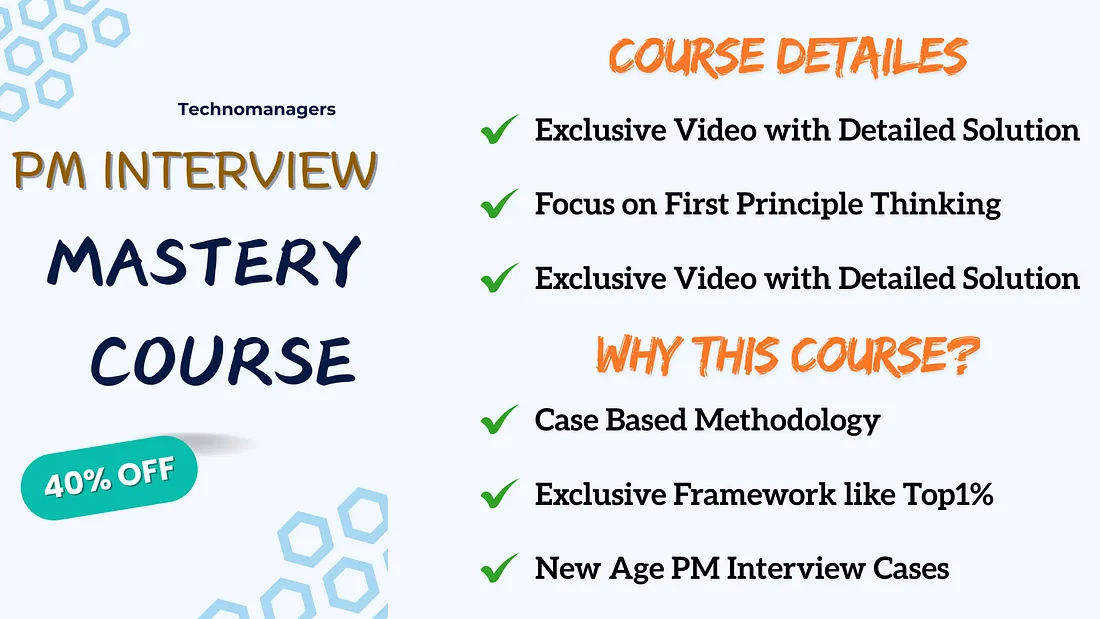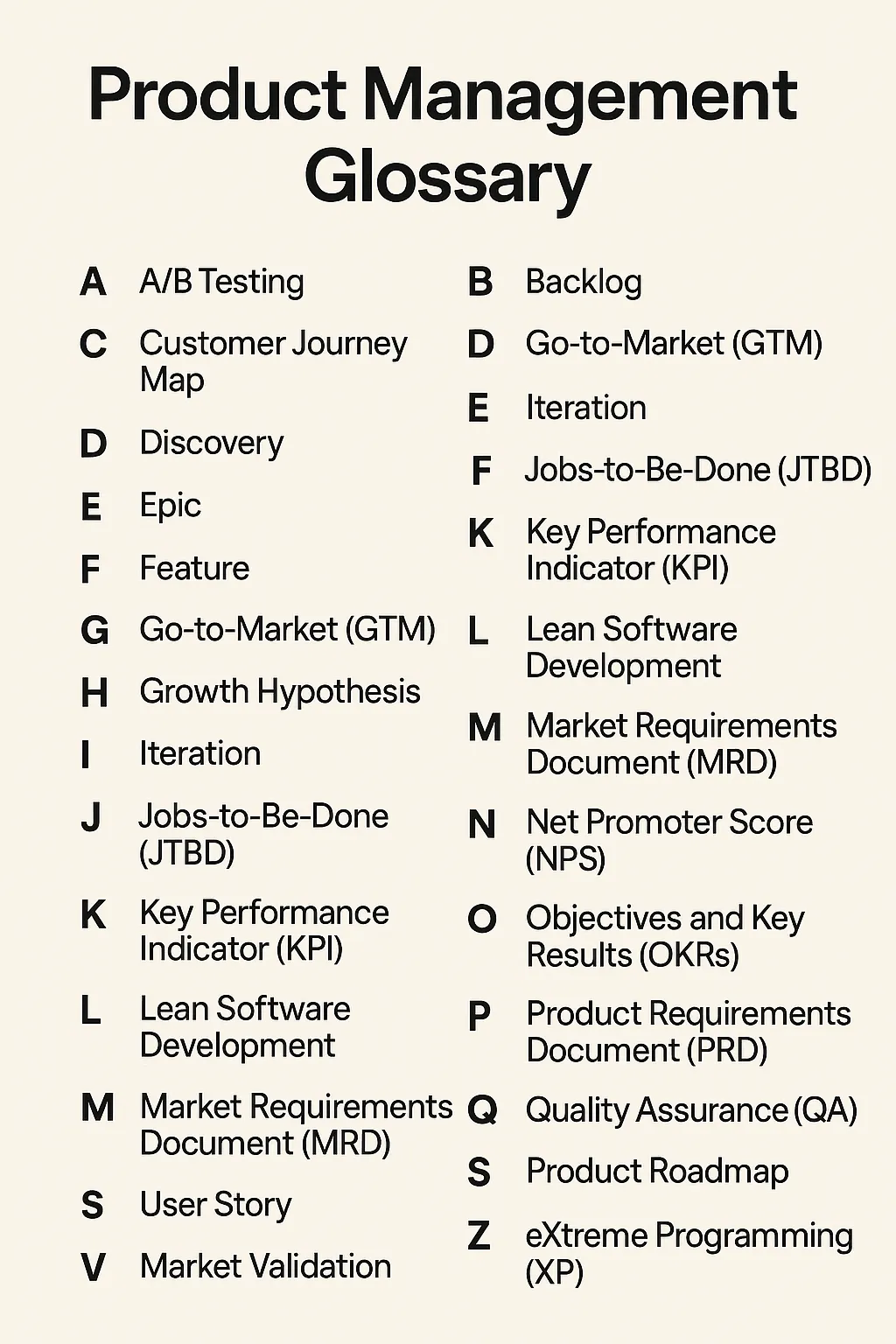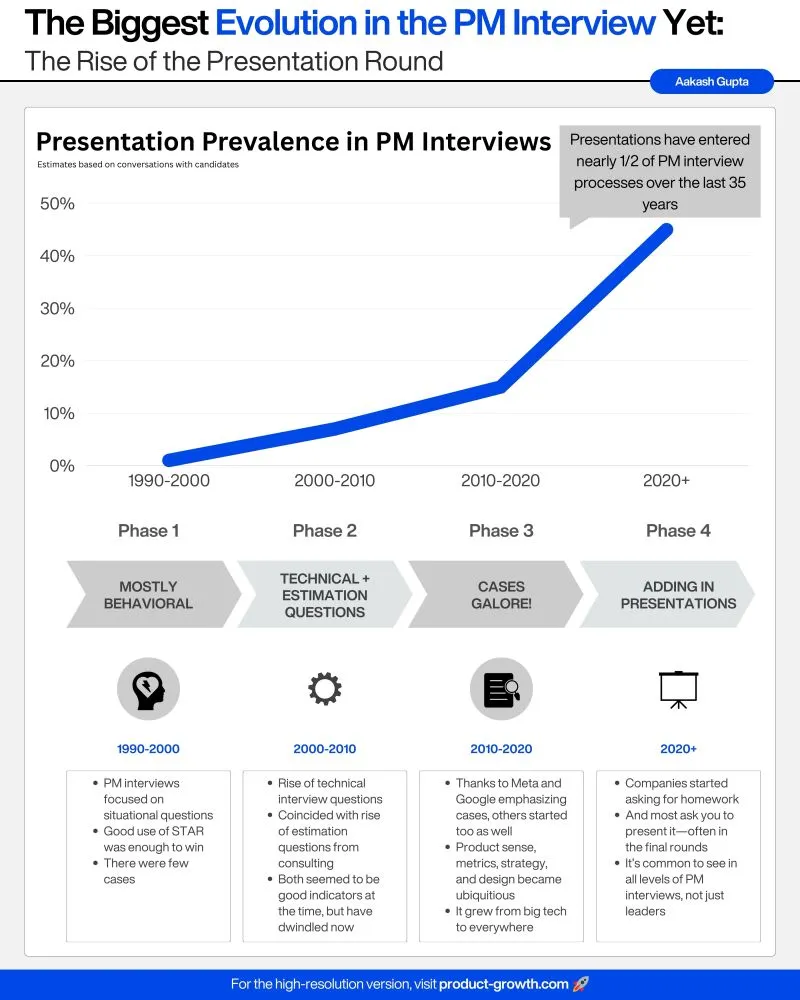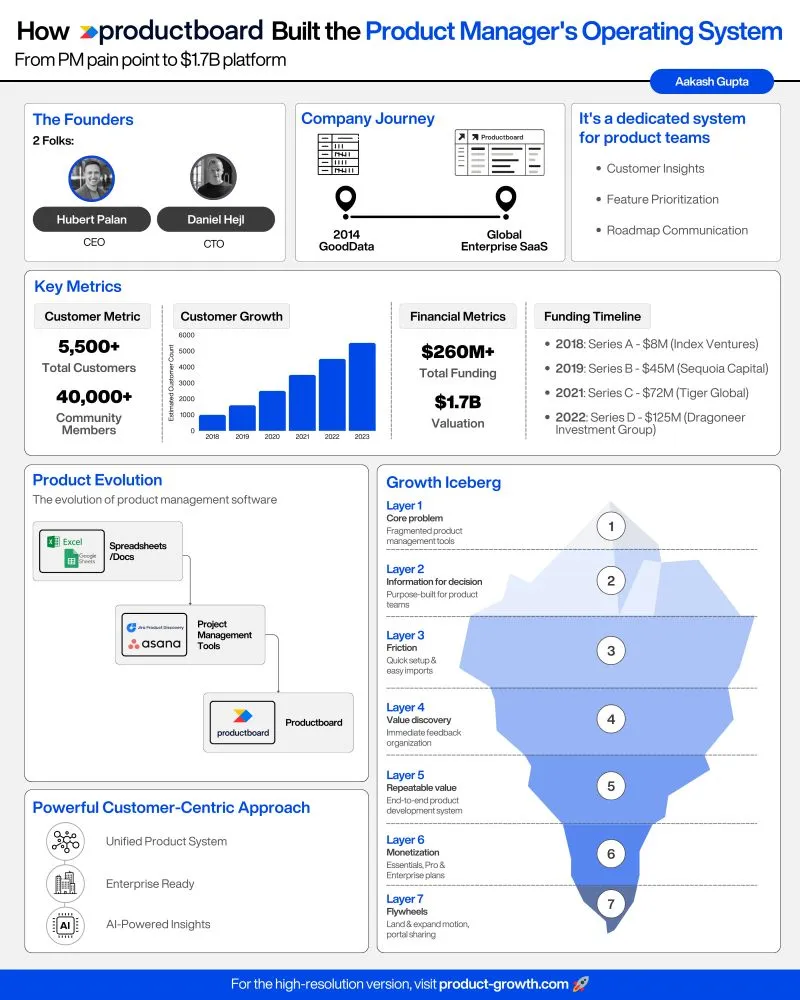
Google Product Leader told me the Mistakes 99% Candidates make in Product Management Interview
Google PM Leader
“ I’ll be honest: I’ve seen a lot of product management interviews where things went south, not because the candidate lacked skills, but because of subtle but critical mistakes. These mistakes can happen to the best of us, even with plenty of experience. ”
If you’re aiming to land that PM role, take note of these common pitfalls — and learn how to avoid them.”
1. Mistake: Missing the Big Picture When Asking Clarifying Questions
Imagine this: you’re asked to design a new feature for a popular e-commerce app.
You jump in with questions, but they’re too detailed too soon:
→ “What are our resources for this?”
→ “Do we have a timeline?”
Before you know it, you’re knee-deep in the details without having a clear understanding of the overarching goal. Interviewers are left wondering if you can truly see the forest for the trees.
- The Fix: Start by asking high-level, strategic questions. Before diving into specifics, you want to show that you’re focused on understanding the bigger picture first. Questions like “What’s the main objective for this feature?” or “What customer pain point are we solving?” demonstrate that you’re thinking like a strategist, not just a task executor.
- Example: Instead of starting with, “What are the technical constraints?” try, “What’s the main goal for this new feature? Are we trying to increase user engagement or solve a specific pain point?” This way, you show that you’re aligning your solution with the larger vision.
- Why It Matters: Product managers are hired to balance strategic vision with tactical execution. Starting with broad, purposeful questions shows you’re ready to take on the strategic demands of the role.
2. Mistake: Rambling Without a Clear Point
Ever been halfway through explaining a solution only to realize you’re lost in your own explanation?
It happens a lot in interviews.
You get excited, launch into a stream of thoughts, and before you know it, you’ve spent five minutes talking without landing on a clear point.
It’s frustrating for you — and for the interviewer, who might be wondering if you can present your ideas concisely.
- The Fix: Practice the “STAR” (Situation, Task, Action, Result) method. Structure your answer by first explaining the context (Situation), then what needed to be done (Task), followed by what you actually did (Action), and finally, the outcome (Result). Before each response, pause, take a breath, and organize your thoughts.
- Example: Instead of rambling on about how you developed a new feature, say: “We had a high drop-off rate during onboarding (Situation). My goal was to improve retention by 15% (Task). I led a team to simplify the process by reducing steps and adding tooltips (Action). In the end, we improved retention by 20% in three months (Result).” Short, specific, and powerful.
3. Mistake: Forgetting to Use Data or Customer Insights
One interview I watched was going well — until the candidate was asked how they’d prioritize features for a new app. They had some interesting ideas, but their answers stayed high-level, with no mention of user data or feedback. Without data, your decisions can feel arbitrary, and PMs are expected to make data-driven decisions.
- The Fix: Anchor your answers in data or user research. When discussing your ideas, mention relevant metrics (like user engagement or retention) or insights from user interviews. Even if you’re hypothesizing, suggest that you’d validate assumptions with data.
- Example: Instead of saying, “I’d prioritize a recommendation feature because it’s popular,” say, “Based on user interviews, we found that users struggle with content discovery. To address this, I’d start with a recommendation feature, aiming to increase weekly active users by 15%.”
- Why It Matters: Data-driven answers show that you’re a PM who makes decisions based on facts and research. It reassures the interviewer that you understand the importance of customer insights and metrics in guiding product choices.
4. Mistake: Ignoring Constraints and Trade-Offs in Your Solutions
Imagine being asked to improve an app’s user experience, and you come up with a fantastic, full-featured solution. But there’s a catch: your solution would require a team of twenty engineers and six months of work. By not acknowledging constraints, you risk appearing out of touch with real-world limitations — a big red flag for PMs.
- The Fix: Think like a resource manager. Before proposing your solution, take a moment to consider potential constraints, such as time, budget, or team resources. Then, suggest a minimum viable version of your idea or a phased rollout.
- Example: Rather than proposing a massive overhaul, say, “I’d love to do a complete UX redesign, but with a limited team, I’d start with smaller changes like improving onboarding flows to reduce friction.” This shows you’re both ambitious and practical.
- Why It Matters: A PM’s role is to prioritize within constraints, not just to envision ideal solutions. Acknowledging trade-offs demonstrates maturity and realism — qualities every team wants in their PM.
5. Mistake: Ending with Weak Questions That Don’t Reflect Your Curiosity
The end of the interview comes, and the hiring manager asks if you have any questions. This is your chance to shine, but instead, you ask, “What’s the work-life balance like?” or “When can I expect to hear back?” These questions, while understandable, can feel underwhelming in a competitive PM interview.
- The Fix: Ask thoughtful questions that show your curiosity and understanding of the PM role. Consider asking about the team’s product development philosophy, the biggest challenges they’re facing, or what success looks like for a PM in this role. These questions reveal that you’re invested and thinking like a potential team member.
- Example: Try asking, “How do product and engineering collaborate on feature prioritization here?” or “What does success look like in this role a year from now?” These questions help you stand out as someone genuinely interested in the position and the company.
- Why It Matters: Thoughtful questions leave a lasting impression and convey that you’re already thinking about how you’d fit within the team’s dynamics and challenges.
Written by Shailesh Sharma









Comments ...
No Comments Yet ...Add One